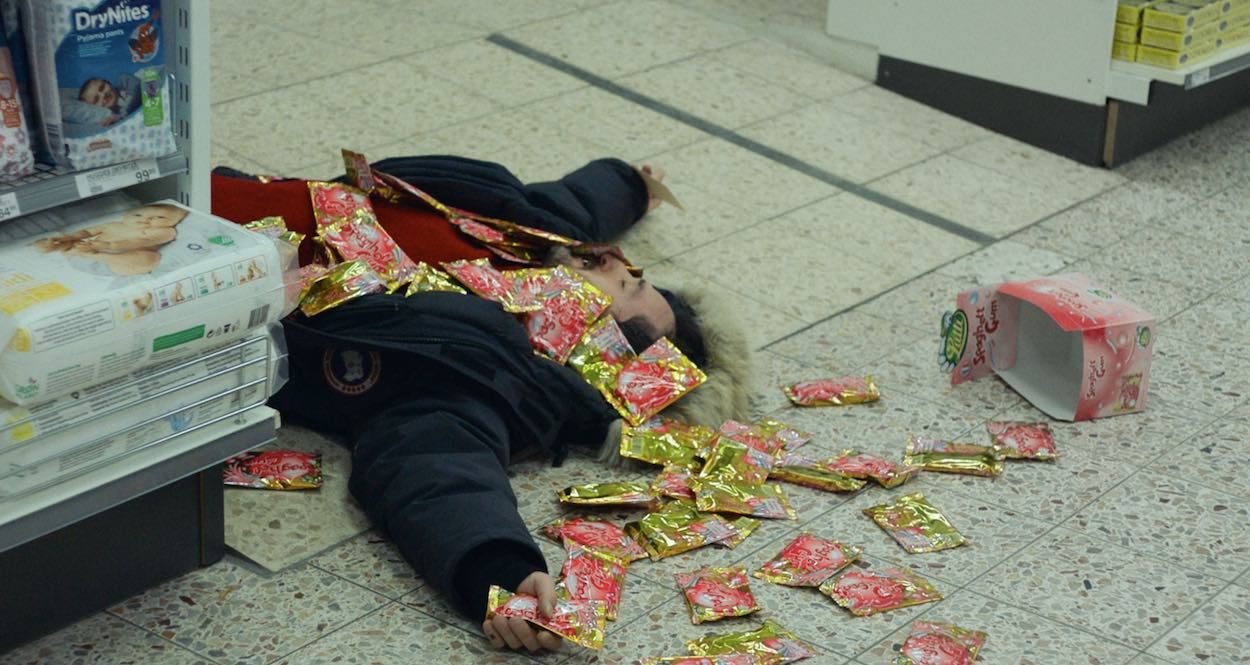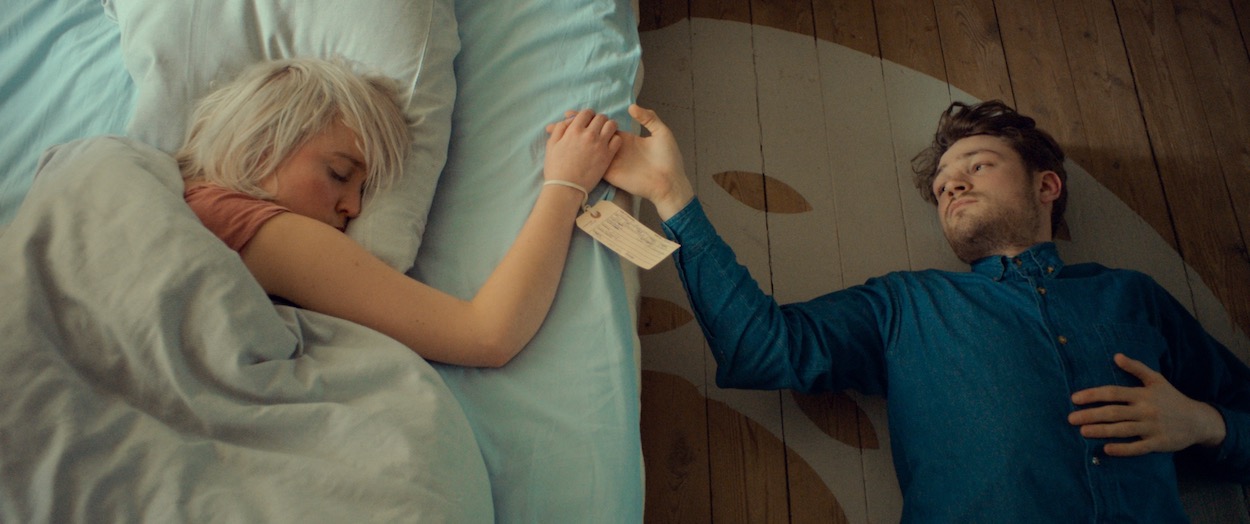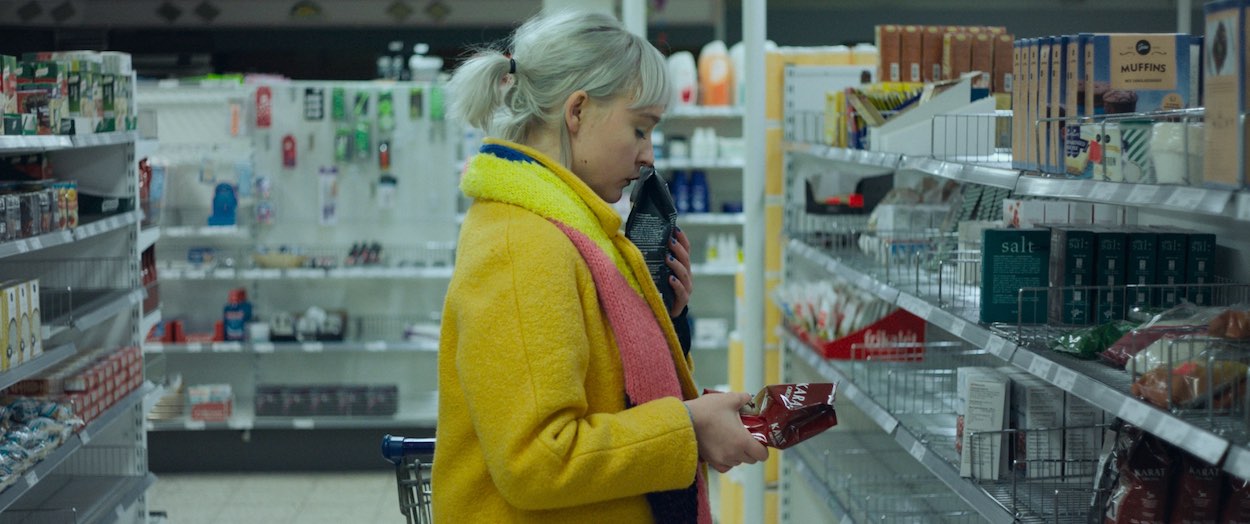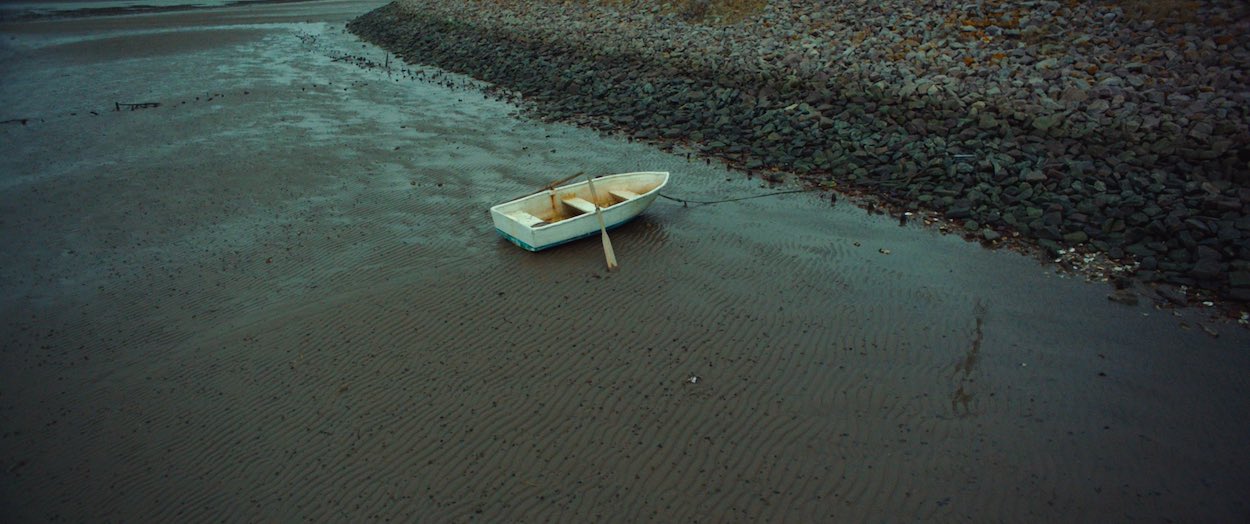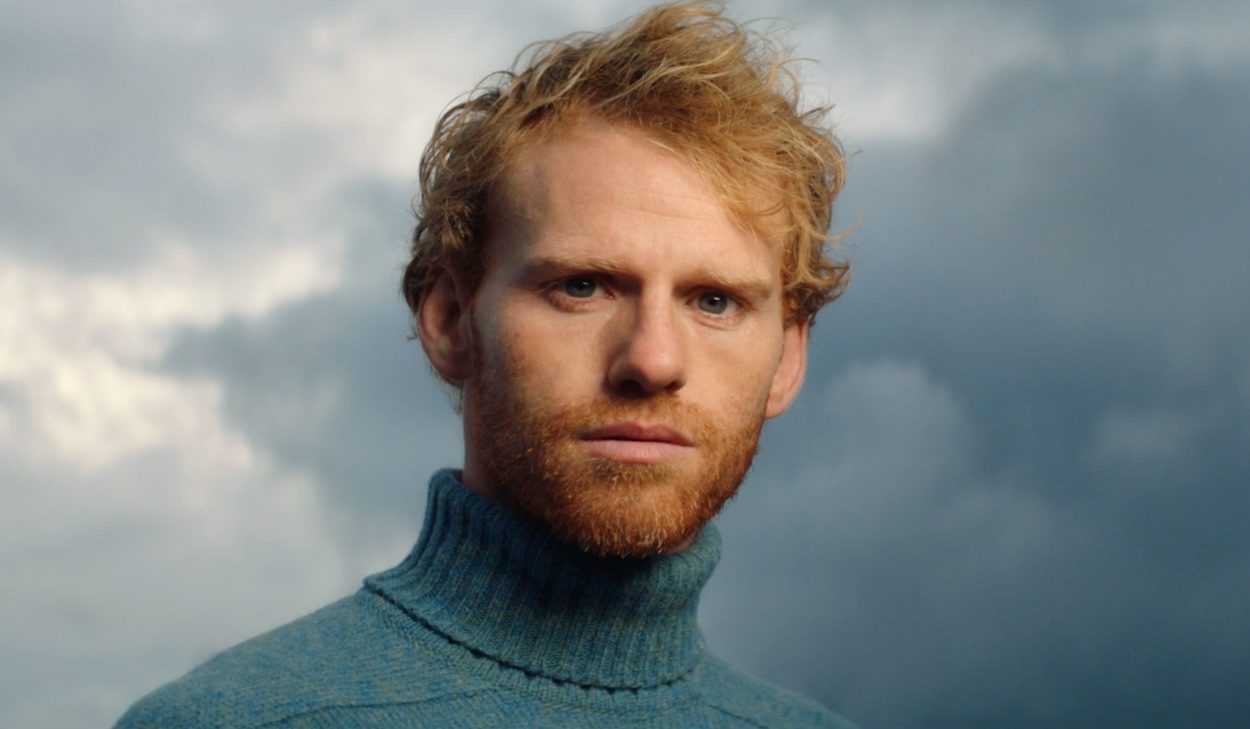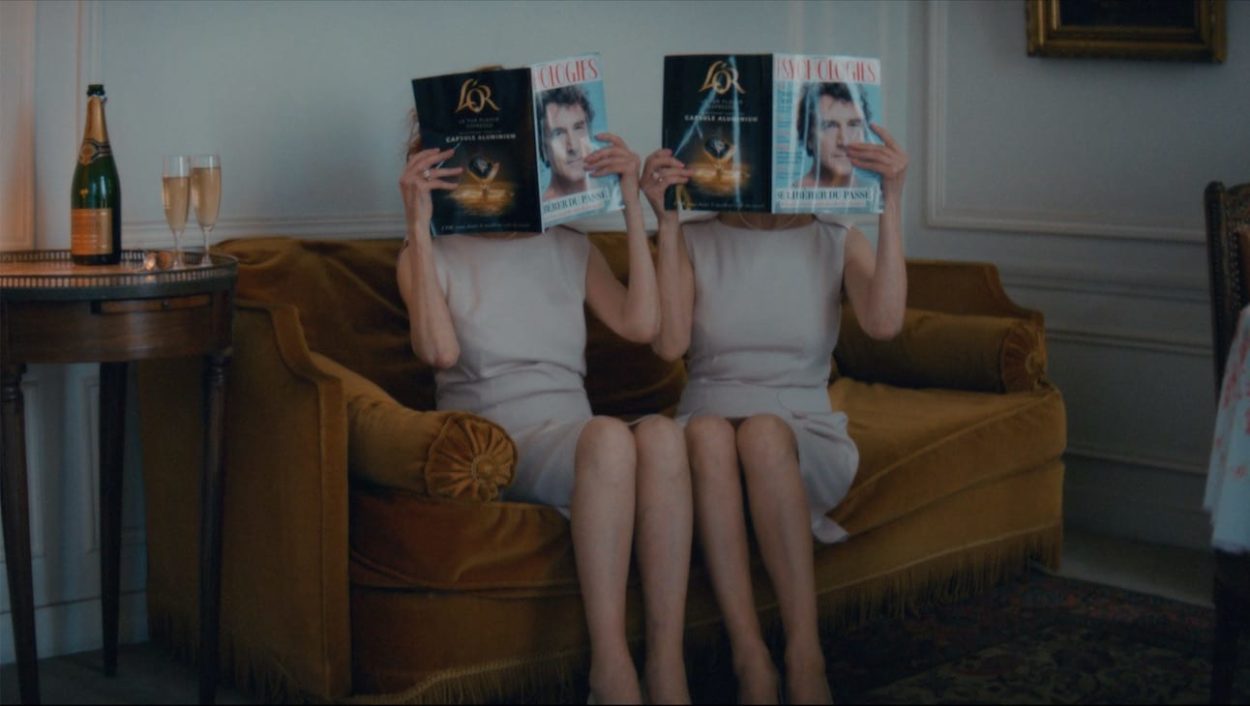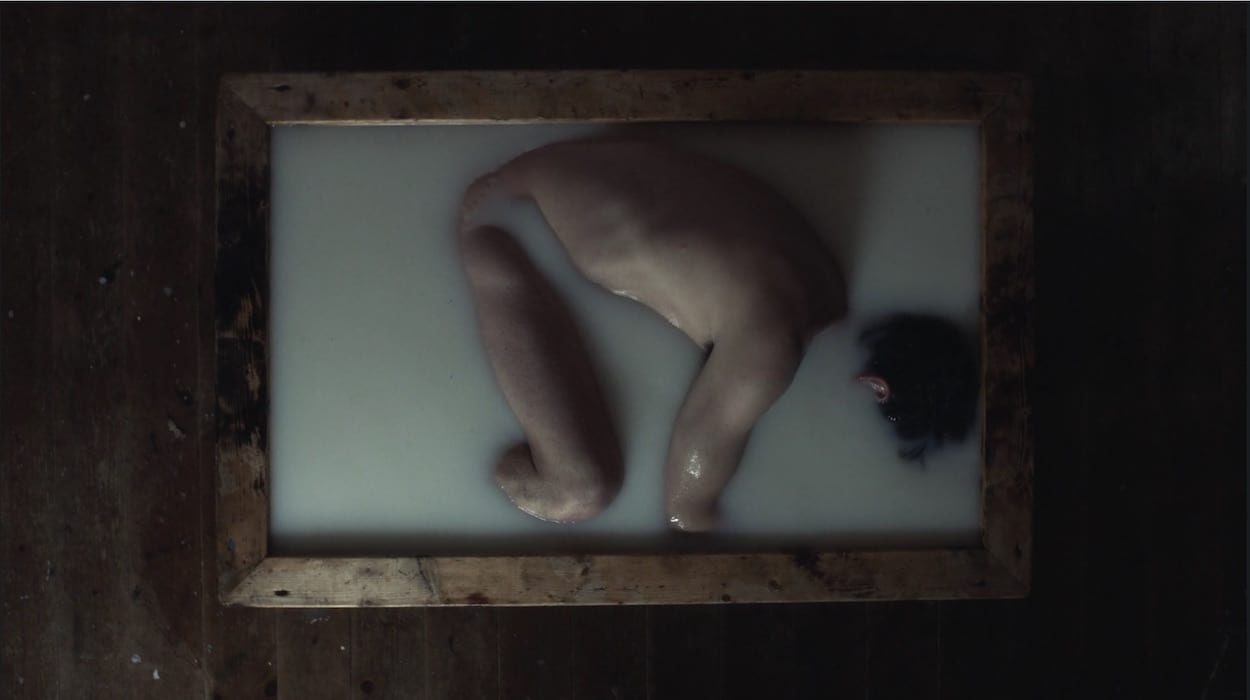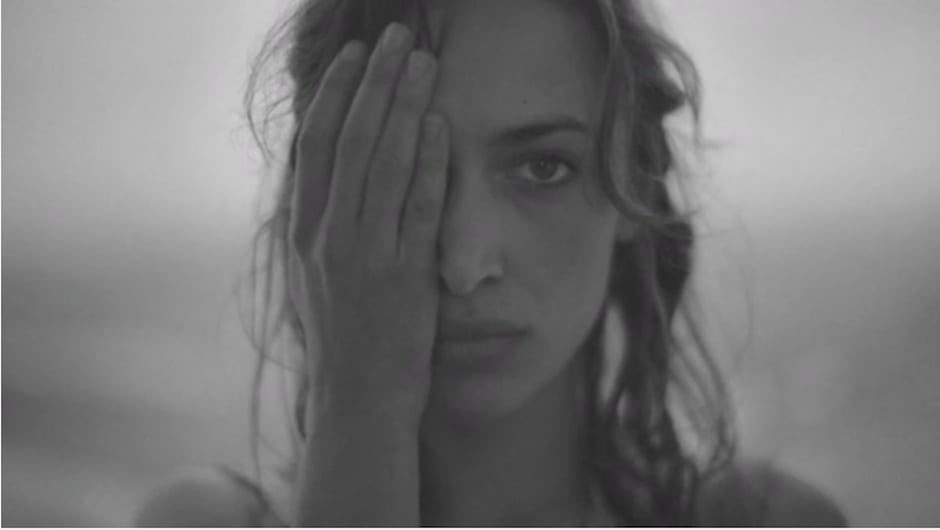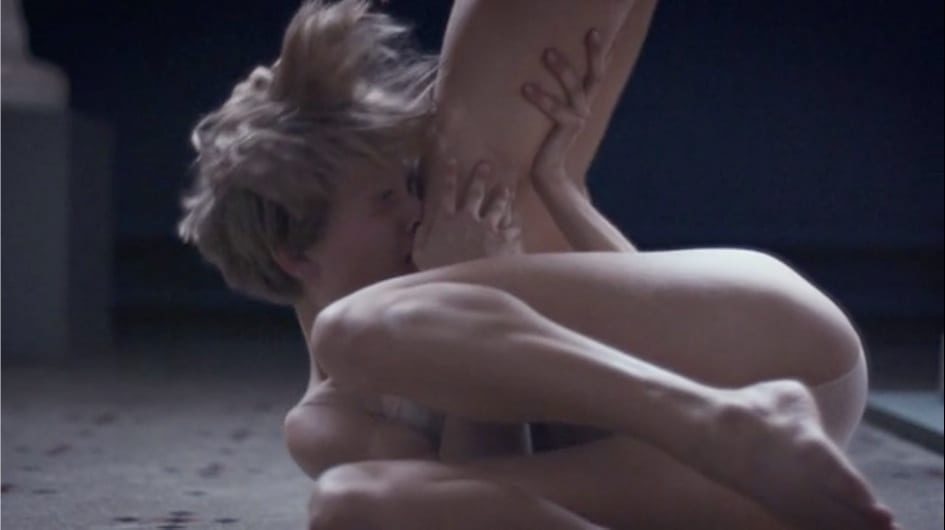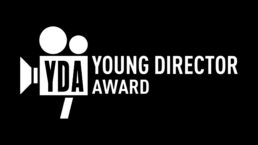The Beautiful Curse is, as you say, a modern fairytale. It’s about a small island where the inhabitants have fallen into a deep sleep and it’s also a love story. What was behind your decision to use sleep as a metaphorical background to the narrative?
I have always been fascinated by the fact that we humans need to sleep. The average person spends about 26 years sleeping in their life and scientists have never agreed on one specific explanation of why we need to go through this impractical process, which makes us very fragile. So, this mystery was something that drew me from the very beginning, when I started to sketch out ideas. The film is a story of an unusual meeting between two souls, which is the opposite of how most people meet, as they in this story starts by knowing each other’s negative sides, instead of the polished version we for instance exhibit on social media, in our battle for being the best possible version of ourselves. Meeting each other in a truthful way like that, of course creates conflict between the characters and the catalyst to it all, is this sleeping phenomenon.
Please tell us about your writing process. What triggered the initial idea? And did the narrative evolve over several years of writing or was it more a burst of inspiration?
The film is shot on a small island called Fanø on the west coast of Denmark, a place where I have spent almost every vacation since I was a child. It’s a unique location with an overall timeless feeling, surrounded by the very overwhelming and powerful nature, which in many ways have a deep impact on people being there. Over the years the idea of creating a visual and poetic love story on the island has grown inside my mind, so when I first started writing it, the process didn’t take that long. I have taken a lot of still images there over the years, so I knew almost all the locations I wanted to use in the story in advance, which of course made the script work very detailed and specific from an early stage.
The tone sometimes borders on being creepy and sustains a thread of suspense throughout. It was a relief when Samuel, the lead, said he wasn’t a stalker, although we didn’t have to believe him. And of course there is the mystery of what was causing the impulsive comas. Did you study methods of how to keep the viewer intrigued – and what was the key lesson you learnt?
I guess the film in the beginning has thriller vibes, where the main character Samuel arrives on the island and walks around between the inhabitants who are in a deep sleep, and nothing can wake them up. As the story develops, we experience that Samuel has been on the island before and the narrative moves into a fragile and complicated love story, which takes place both in the ordinary world, but also in a dream world, which visually is hard to tell the difference between. So, for the viewer the story is a sort of mystery box which reveals more and more as it opens, and depending on who you are, and where you are in your life, the plot can be understood in different ways. I like stories where all details don’t have to be explained too literally and where you treat your audience as intelligent species. The film is a mix of various genres, and I learned that playing and challenging the different conventions gave me inspiration and led to attention-grabbing storytelling.
What was your casting process – and how difficult was it to get the actors to be “dead” still? And were the extras locals living on the island?
We were so lucky that all the great actors who read the script, also wanted to do the film. So the casting process was a long process of meeting all these talented actors and shooting short rehearsal scenes with them, which I wrote specifically for the casting process. When more than sixty actors were shortlisted to only six, we paired them in different ways to find out who was the best couple for the lead parts as Samuel and Stella. Most of the people sleeping in the film are locals from the island who did a really great job. In one of the scenes, we are in a full church, where everyone should pretend they are sleeping, and I decided to shoot the scene in very long takes of each 20 minutes. That method worked great, and the extras went into an almost meditative stage sitting there. In the editing though, we experienced that some of the sleepers did sneak peek (!), but not more than we could move around it and cut these bits out.
What were the major challenges of the production and how did you resolve them?
Shooting during wintertime on an island is always challenging due to weather and one of the most complicated scenes we did, was showing that all the water around the island had disappeared, and Samuel now couldn’t get away in his rowboat. The tides change every sixth hour and depending on the wind on the island, there is a huge difference between how much water disappears, so finding the right time was very challenging, but we succeeded with help from the locals, who in an almost supernatural way can feel how nature develops from day to day, and hour to hour.
The sequencing of the film is non-linear – did you plan this out in detail in pre-production or did it evolve in the edit? What were the challenges of the edit process?
The non-linear storytelling was a part of the idea from the very beginning and writing the script all the scenes were mixed in between each other, changing between the real world and the fantasy world. But when I wrote the shooting draft, I changed the scene order to be more linear, to make the overview easier for production, cast and crew, and then the scenes were mixed again in the edit. One of the big challenges in post-production was the sound. When we had cleaned up all the dialogue, suddenly the film was extremely silent, as it takes place on an island where everyone is sleeping, so we needed to add atmospheres and sound to fill out the emptiness, but without taking too much focus at the same time. So we worked a lot experimenting with the sound of the ocean far away, some church bells ringing and puzzling sounds from animals. One thing that really challenged us was to find the right birds twittering and we ended up finding some who had the sound vibe we were searching for, by mixing birds from Iceland and Mexico in a rare cocktail which made an entire new breed.
The film was courageously produced and funded independently. That must have been nerve-wracking or did everything fall smoothly into place?
The key element for success on a feature with a low budget, is to make all the right decisions up front on how to spend the few pennies you have. To me it was important from the very beginning to be the smallest possible crew, and to make an almost bulletproof production plan, which was matching both ambitions, practicalities, and money. On film sets time is always your enemy, so together with my DOP Philippe Kress I developed a strong visual concept, where a part of it was to shoot in natural light, giving us as much time to shoot as possible, instead of spending time putting up lamps. We had challenges during production, as you always have, but overall, it all went very well.
After such a successful festival run when will the film be released?
The film is out in USA and Canada and will be available in Europe soon.
INFO:
Martin Garde Abildgaard website
@martingarde
Les Producers website
Circus Alphaville website
Creative Alliance website
